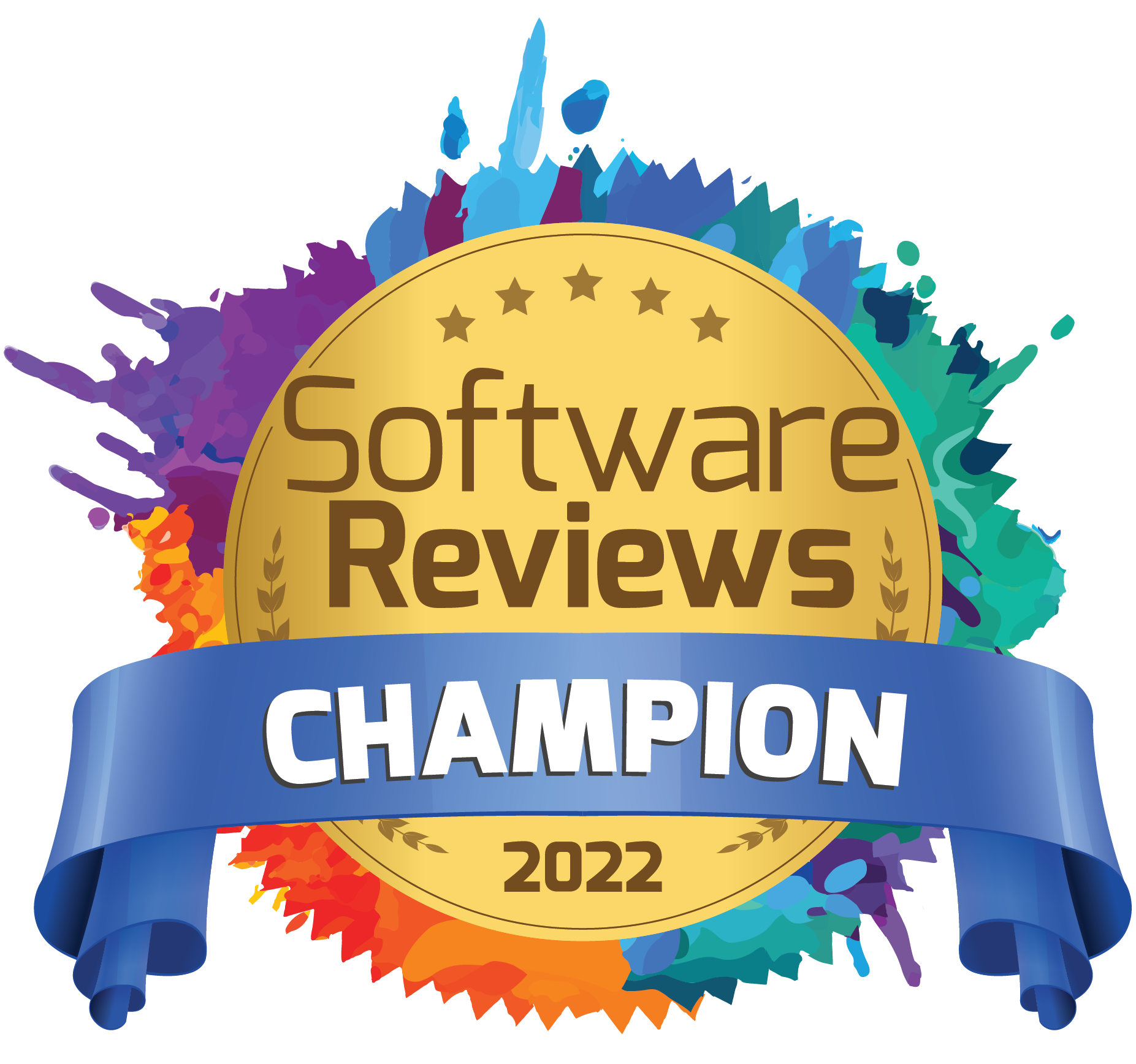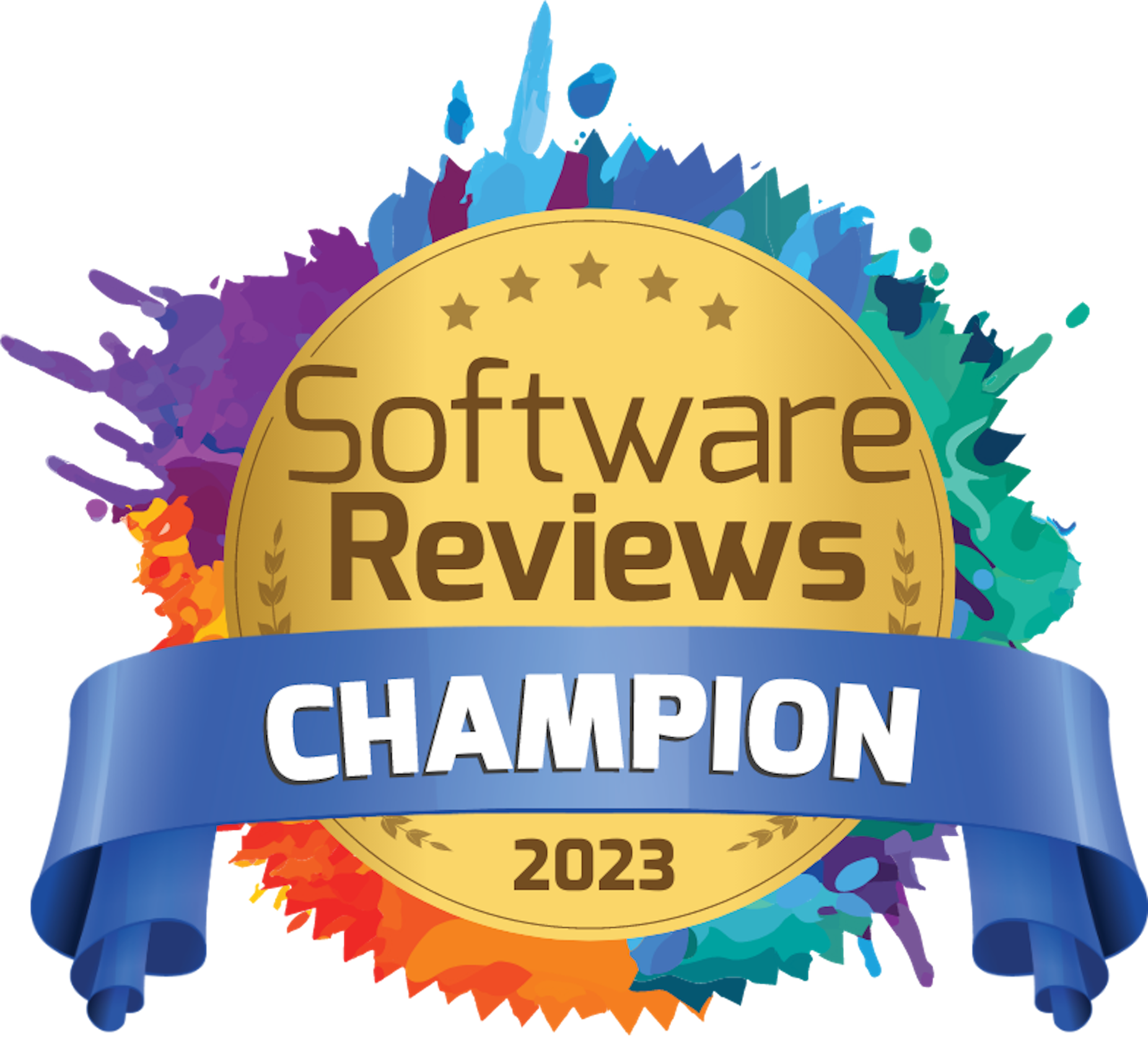Data-Driven Decisions: Using Industry Data to Shape Your Coworking Strategy
Coworking is becoming an increasingly competitive industry, making it more crucial than ever to make the right decisions. The key to success lies in having access to accurate and relevant information, which enables informed decision-making. In many cases, this can also open the door to leveraging automation, allowing you to boost revenue while minimizing additional effort in managing your coworking space.
I will explain some of the key data that Nexudus collects for you and how you can use it to make better decisions. If you don’t currently use Nexudus, you can gather this information through other methods. However, the level of effort required will depend on the system you use to manage your coworking space, its features, and how easily you can extract information from it.
Reporting
The amount of information available is so extensive that I won’t go through it point by point. However, I highly recommend checking out this page, which provides a detailed overview of all the information you can access through reports.
KPI Reports provides a bird’s-eye view of the health of your coworking space, offering key metrics that are essential for understanding its overall performance. It focuses on analyzing aspects such as the utilization and turnover of your venue's resources (meeting rooms, events, and other bookable spaces or elements), the churn rate (or customer turnover rate) of your members, and the revenue generated by your venue. By monitoring these KPIs, you can determine the revenue each resource generates (and identify which ones are the most valuable), discover the days and times when your resources are most in demand, analyze how members and external users utilize your resources, and uncover other valuable insights.
Having access to this data can help you reconsider how you allocate your space, both for current operations and future developments. It allows you to design coworking spaces with a greater focus on the resources that generate the most profit while reducing those that are less profitable.
Building on this approach, it’s crucial to utilize Occupancy Reports, as they provide detailed insights into which plans are the most appealing. In particular, it’s worth focusing on the relationship between revenue by plan type, table type, and size, as these metrics can help identify the most profitable products for future renovations or new spaces. Additionally, reviewing Desk Reports can reveal areas where less desirable tables are concentrated, while Heatmaps offer a more visual representation of this data for bookable resources.
Understanding how your leads are performing is essential, so make sure to utilize MRM Reports. Additionally, Time Passes Reports are crucial for monitoring attendance in your space and identifying accounts that may be at risk. Both non-use and low usage are strong indicators of potential cancellations, making these tools invaluable for proactive management.
Dynamic Pricing
All of the above information can guide your decision-making, whether it involves optimizing your current space, designing better spaces in the future, or adjusting your commercial offerings and rates. One particularly valuable feature you can automate is the implementation of dynamic pricing for your resources.
To enable this automation, start by visiting the Resource Demand dashboard. Here, Nexudus AI analyzes the times when your resources experience the highest usage. If you haven’t already entered your opening hours, you’ll need to do so first; otherwise, the process runs automatically.
If you decide to activate the dynamic pricing option, the prices of your resources will automatically adjust based on various factors. One of my favorite features is the ability to increase prices during periods of high demand. While you can set the percentage for these price increases, I recommend proceeding cautiously unless your goal is purely to maximize revenue. Excessive increases may be perceived as making resources inaccessible for some members during peak times. On the other hand, a moderate increase can encourage more evenly distributed bookings throughout the day without causing negative effects.
Another factor to consider is last-minute bookings. I recommend using this feature with caution or avoiding it entirely unless such bookings have a significant impact on your operations. However, when implemented carefully, it can encourage members to be more proactive with their bookings, minimizing frustration when they attempt a last-minute booking only to find no rooms available and no time to adjust their plans.
You can implement many of these strategies even without using Nexudus, though it may require varying levels of effort on your part. The key is to avoid relying solely on intuition when making decisions. Instead, let data guide your choices to enhance the performance of your space and support its growth and development.
Related stories
Why a CRM is Essential for Coworking Spaces (And How to Choose the Best One)
A customer relationship management platform (CRM for short) is what organisations use to manage relationships and interactions with both existing and potential customers. Its primary function is to streamline operations and communications to ensure a smooth customer - and employee - experience, while improving profitability.
Global Coworking Trends and Opportunities for 2025
Now well into 2025, the coworking industry continues to demonstrate strong momentum. With demand for coworking spaces remaining steady around the globe, it's clear that coworking is not just enduring—it's thriving. Let’s explore the major trends and opportunities shaping the global coworking landscape this year.
Creating Events that Drive Community Engagement in Coworking Spaces
Community is everything in coworking, but a genuine sense of connection between members doesn’t magically happen overnight or by chance. Often, meaningful relationships take intentionality, effort, and time to build, with events being an effective vehicle for bringing people together around shared interests, goals, and experiences, creating opportunities for collaboration, and a thriving coworking culture. This article looks at creating events that drive community engagement in coworking spaces.
How the Right Coworking Software Can Transform Your Coworking Space
We all know that technology solutions are imperative to the day-to-day running of your coworking space, but the right coworking software can take it to the next level. It has the power to transform your coworking space into a highly profitable business, all while building a vibrant and engaged community. Let’s explore how the right tools can transform your coworking space.
How to Make Your Coworking Space More Sustainable in 2025
Sustainability is becoming more and more important for coworking spaces. If you're thinking of making your space more sustainable, it's good to remember that there are lots of ways to go about it. From small details to bigger changes, everything adds up when it comes to reducing your environmental impact.
New in Nexudus: Reduce no-shows & improve team bookings in your coworking space.
Meeting rooms are at the heart of collaboration in coworking spaces. Whether it's a brainstorming session, a client meeting, or a team catch-up, having a simple and efficient way to book and manage meeting rooms makes all the difference. But let’s be honest—there’s always room to improve the experience for your members.
Unlock New Revenue Streams with Our New Virtual Offices Module
The popularity of remote and hybrid working has prompted many organisations to rethink the way they utilise office space. Many have swapped their large, static HQs for more flexible satellite solutions that can accommodate a disparate workforce.
5 Ways to Reduce Noise in Open Offices & Coworking Spaces
Some people like working against a background of noise, while for others it’s their worst work nightmare. The truth is, our relationship with noise depends on our own preferences and the nature of our work.
ViDA Compliance Guide: 8 Essential Steps for Coworking Spaces in the EU
Now that 2025 has arrived, the European Union's VAT in the Digital Age (ViDA) initiative is becoming a key topic for coworking spaces operating in the EU. But don’t panic—ViDA will be introduced gradually, with key changes taking effect from 2028. This major VAT reform aims to modernize tax reporting, combat fraud, and streamline compliance through mandatory e-invoicing and real-time digital VAT reporting for certain transactions.
Harnessing AI to Help Coworking Operators Understand Their Communities Better
After more than twelve years in the coworking industry, we’ve seen the movement evolve at an incredible pace, especially in recent years. Spaces have grown larger, making it harder for operators to truly connect with their communities. At the same time, expectations for higher service standards and increasing competition mean that creating tailored experiences and fostering long-term member engagement is more important than ever.

